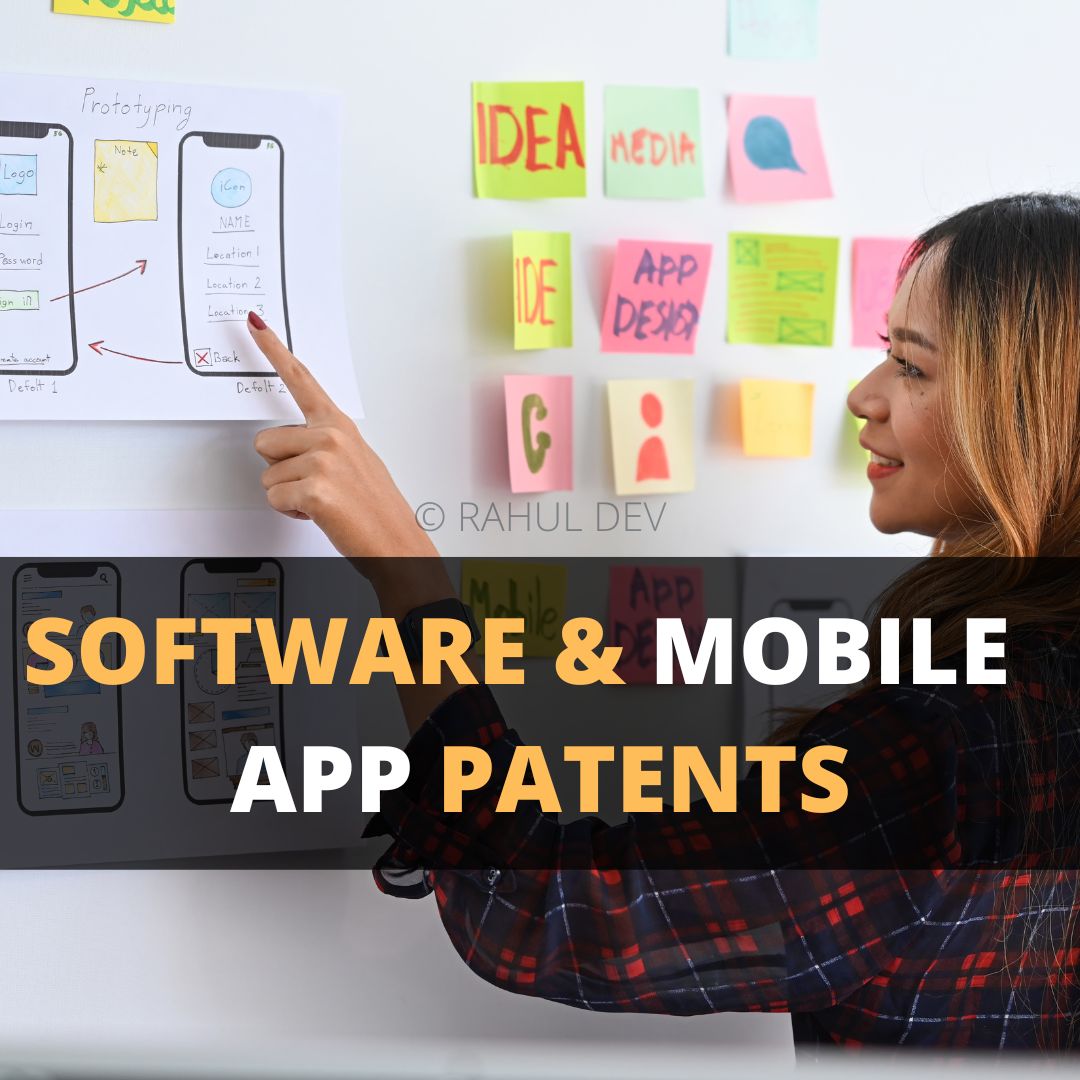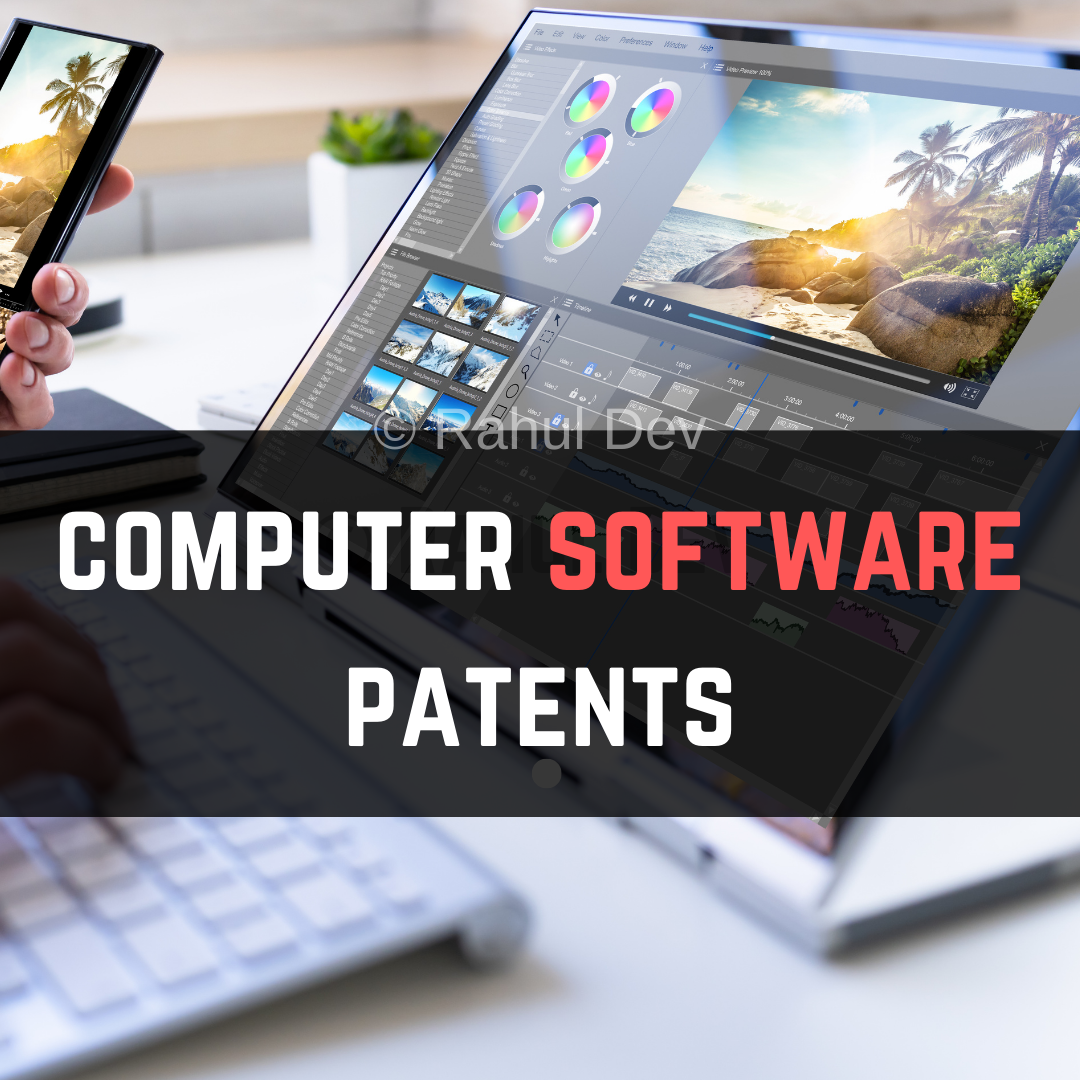

Mobile applications, which are commonly referred to as mobile apps, are generally available for download at various app stores. Commercially, selling mobile apps is a highly profitable business model as developers can offer apps to multiple markets.
This article is to provide in-depth insights into the world of patent protection for software and mobile apps through a case study and example, and explore the technical aspects and challenges associated with securing intellectual property in this ever-evolving field.
Intellectual property (IP) protection is vital for software and mobile app developers to safeguard their innovations and maintain a competitive edge. Patents, in particular, can provide a strong form of IP protection. However, navigating the patent landscape for software and mobile apps can be complex due to the technical aspects involved and the challenges unique to this field. This post will examine a case study and example while exploring the technical aspects of patent protection for software and mobile apps.
Alice Corp. v. CLS Bank International
In Alice Corp. v. CLS Bank International (2014), the US Supreme Court ruled that Alice Corp’s software patents, which covered a computer-implemented method for mitigating settlement risk in financial transactions, were not eligible for patent protection. The Court argued that the patents were merely an abstract idea implemented using generic computer technology and thus, did not constitute patentable subject matter. This landmark case significantly impacted the patent landscape for software and mobile apps, as it established a two-step test to determine patent eligibility:
Determine whether the claimed invention is directed to an abstract idea or natural phenomenon.
If the claimed invention is directed to an abstract idea, determine whether it adds an inventive concept that transforms the abstract idea into a patent-eligible application.
Example: Patent for a Mobile App
A mobile app developer creates a unique app that uses artificial intelligence (AI) algorithms to predict the weather with remarkable accuracy. To secure patent protection, the developer must demonstrate that the app’s underlying algorithms and processes are not merely an abstract idea but involve a specific technical solution that goes beyond conventional methods.
Technical Aspects and Challenges
Defining the scope: Patent applications for software and mobile apps must provide a clear and concise description of the invention. This includes specifying the algorithms, processes, and technical features that make the invention novel and non-obvious. Striking the right balance between broad and narrow claims is essential to ensure adequate protection while minimizing the risk of rejection.
Software patent eligibility: As highlighted in the Alice case, patent eligibility for software remains a contentious issue. To qualify for patent protection, software and mobile app inventions must demonstrate a specific technical solution that goes beyond abstract ideas and generic computer implementations.
Non-obviousness: To be granted a patent, the invention must be non-obvious, meaning it cannot be easily deduced by someone skilled in the relevant field. Proving non-obviousness for software and mobile apps can be challenging due to the rapidly evolving nature of the industry and the difficulty in establishing a clear point of novelty.
Prior art search: A thorough prior art search is crucial to ensure that the invention is indeed novel and has not been previously disclosed. This can be particularly challenging for software and mobile apps, given the vast number of existing solutions and the rapid pace of innovation in the field.
International protection: Securing patent protection in multiple jurisdictions can be complex and costly, as each country has its own patent laws and requirements. Software and mobile app developers must carefully consider their target markets and prioritize patent applications accordingly.
In conclusion, securing patent protection for software and mobile apps involves navigating a complex landscape fraught with technical challenges and legal uncertainties. By understanding the intricacies of patent eligibility, defining the scope of the invention, and addressing the unique challenges associated with software and mobile app patents, developers can effectively protect their valuable innovations by following a strong patent strategy.
Originally published here.
While analyzing the patentability of mobile applications, such apps have to be considered as software products, and then, corresponding patent eligibility and patentability can be determined by standard methods, such as, for example, conducting a patent prior art search to determine patentability and analyzing relevant search results.
With a view to determine patent eligibility or patentability of mobile applications, it is advisable to consider them as software products and / or computer-implemented inventions. The standard criteria to determine patentability include determining novelty, non-obviousness (inventive step), and industrial application. Subsequently, while drafting a patent application for mobile application, software products and / or computer-implemented inventions, it is a statutory requirement to provide a detailed description of one or more embodiments of the invention that is sufficient to enable a non-inventive person skilled in the relevant field of technology to put it into operation.
As a patent practitioner, it is crucial to ensure that while drafting patent application for computer-implemented inventions, patent claims are specifically defined and claims are not broad, which may lead to an assumption of claiming one or more abstract ideas, mathematical equations, laws of nature or mere discoveries.
A most feasible patent strategy is to file a provisional patent application, usually known as provisional utility patent application in US, which will give a timeline of 12 months to file a non-provisional patent application (referred to as complete patent application under Indian laws).
After the date of filing provisional patent application, the phrase “patent pending” can be used during product promotions.
Generally, patent attorneys and patent law firms provide low cost fee schedule to draft and file a provisional patent application, primarily because drafting provisional patent application consumes quite less billable hours as compared to a non-provisional patent application. This is so because as per requirements of patent laws, non-provisional patent application is required to include a full fledged set of claims, formal figures, corresponding description, whereas a provisional patent can be filed as a general disclosure of invention that may or may not include full set of claims and formal figures. Accordingly, it is common to include snapshots, sketches etc. with the provisional patent application protecting mobile applications.
Before deciding to file a patent for mobile application, it is advisable to consider various factors, such as, for example, but not limited to, budget and cost to file patent to protect a mobile application, patent eligibility of the invention, patentability of the software product, type of patent application to be filed, basics of utility patents, advantages of filing multiple provisional patent applications, and the like.
Generally, patent is a type of Intellectual Property Law which ensures that an idea is prevented from being used without the consent of the inventor’s. It gives the inventor exclusive rights to exclude others from developing or selling the inventor’s idea.
The possibility of patenting a mobile application idea depends on whether it is a component with different methods of interaction. The app code cannot be patented as it falls under the category of regulations covered by copyrights.
The requirements to qualify as a patent or the patent eligibility for the mobile application idea is determined by 3 important points:
The process of the app needs to be categorized as an invention. This is the most important which must be kept into consideration for the app to be granted patent.
It is just that the app must be new and non-obvious. Also, the app won’t be considered if it is not unique and already exists in the market place.
The application must work in theory. It is the restriction that prevents people from patenting such applications that are not useful as it should be. Therefore, it is important to develop a concrete and detailed explanation like how the application works to claim ownership over it.
Mobile App Patent Search
It is advised by USPTO to conduct an advanced search to find its similar items using its various Patent Search Tools. The complete database under the USPTO maintains records on all the pending and published patent portfolios, which helps in reviewing any previous patents that may have been patented by someone else.
Patent Filing Requirements
Patenting an app is not granted to the person who first invents it, rather it is granted to the person who first files the patent. This is the reason why many entrepreneurs and startups prefer filing a provisional patent before disclosing important details. Normally, the patent cost of a specific app idea is distinguishable from the various types of patents for which an individual applies. Though, when it comes to provisional patents, it costs approximately $2000 to $5000, and the provisional patents last a year which would further help in testing the app’s success. The non-provisional patent, costs between $10,000 and $15,000. The most crucial move is to review the patent being applied for and search past patents to ensure eligibility. The patent would then be examined by the USPTO to review the patent and search existing patents for its eligibility. After which the examination takes one to three years.
“PATENT PROTECTION OF MOBILE [SMARTPHONE] APPLICATIONS – ANDROID, APPLE, MICROSOFT & BLACKBERRY APPS”
AUTHOR: ADVOCATE RAHUL DEV
DESCRIPTION:MOBILE APPLICATIONS, WHICH ARE COMMONLY REFERRED TO AS MOBILE APPS, ARE GENERALLY AVAILABLE FOR DOWNLOAD AT VARIOUS APP STORES. COMMERCIAL SUCCESS OF MOBILE APPLICATIONS HAS RESULTED IN AN INCREASING INTEREST TO PROTECT ASSOCIATED INTELLECTUAL PROPERTY RIGHTS (IPR), SUCH AS, PATENTS, TRADEMARKS, COPYRIGHTS, AND THE LIKE.



